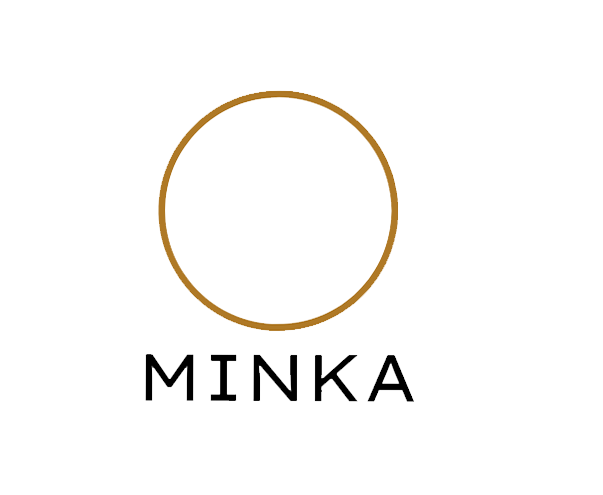In recent years, oracle decks have surged in popularity, emerging not only as tools for personal insight but also as treasured pieces of art and spiritual expression. Once tucked away in the metaphysical corners of bookstores, these decks are now proudly displayed on coffee tables, shared on social media, and incorporated into daily mindfulness rituals. But what is it about oracle decks that speaks so powerfully to today’s world?
A Modern Tool for Ancient Wisdom
Unlike traditional tarot decks, which follow a set 78-card system and are steeped in symbolism rooted in the Rider-Waite tradition, oracle decks offer more freedom. They come in all shapes, sizes, and structures—some with 30 cards, others with 100—each reflecting the creator’s unique vision. This flexibility makes them incredibly accessible. There’s no need to memorize a complex system or follow strict rules; users can simply draw a card and reflect.
In a time where many people are seeking spiritual tools that are personal rather than prescriptive, oracle decks provide a customizable experience. They’re used for journaling prompts, meditative reflection, daily affirmations, or even in therapeutic practices. Amid the noise of constant digital stimulation, pulling a card from a beautiful deck can be a simple, grounding ritual—a quiet moment of connection to intuition and inner voice.
Reflecting Our Times
The appeal of oracle decks is as much about the message as it is about the medium. Today’s decks reflect a broadening of spiritual and emotional language. No longer confined to esoteric or New Age communities, these decks speak to issues like self-worth, trauma healing, body positivity, ancestral wisdom, and ecological awareness.
There are decks devoted to feminist archetypes, queer empowerment, shadow work, and even mental health check-ins. Their messages are often encouraging, inclusive, and emotionally intelligent—meeting users where they are rather than where tradition says they should be.
A Gallery in Your Hands
One of the most compelling reasons oracle decks are thriving today is their artistic diversity. Every deck is a curated world—a fusion of narrative and visual art. As publishing platforms have opened up through crowdfunding and self-publishing, artists from around the globe have brought their aesthetics to life through these cards.
Let’s take a look at a few distinctive styles:
-
Minimalist Elegance: Decks like The Starseed Oracle by Rebecca Campbell and Danielle Noel use dreamy, ethereal digital artwork that feels expansive and cosmic—perfect for users interested in spiritual ascension or starseed concepts.
-
Bold and Graphic: The Threads of Fate decks employ layered digital collages with metallic finishes and intricate linework, marrying mysticism with contemporary design trends.
-
Folk Art Revival: Some decks, like The Earthcraft Oracle or The Wild Unknown Archetypes, draw from folk traditions, nature imagery, and indigenous motifs, creating a sense of rootedness and storytelling.
-
Afrofuturist and Cultural Celebration: Decks like The African Goddess Rising Oracle by Abiola Abrams pair affirmations with vivid portraits of deities and ancestors, reclaiming and honoring African spiritual traditions.
-
Illustrative Whimsy: For those who connect through playfulness, decks like The Oracle of Oddities bring a fantastical, almost surrealist flavor to the experience, using hand-drawn anatomical illustrations and strange hybrid creatures.
A Bridge Between Worlds
Oracle decks are more than just divination tools. They are a synthesis of inner work, storytelling, and artistic vision. In a world increasingly dominated by analytics, data, and speed, they invite a pause. They remind us to listen inward, to trust symbols and signs, and to reconnect with the mystery of life.
Their popularity isn’t just a trend—it’s a sign of how people are seeking meaning and beauty in a rapidly shifting world. Oracle decks are becoming modern-day talismans, each card a key to deeper reflection and connection.
Check out Minka's collection of Oracle cards

